Rainwater collection system: 6 mo in
popeda
10 years ago
Featured Answer
Sort by:Oldest
Comments (12)
mrspete
10 years agolast modified: 9 years agoKathy Harrington
10 years agolast modified: 9 years agoRelated Professionals
Five Corners Architects & Building Designers · Franklin Architects & Building Designers · Yeadon Architects & Building Designers · Fargo Home Builders · Highland Village Home Builders · Montebello Home Builders · Country Walk General Contractors · Lake Forest Park General Contractors · Lakewood General Contractors · Midlothian General Contractors · Niles General Contractors · Pocatello General Contractors · Redding General Contractors · Seal Beach General Contractors · Wolf Trap General Contractorspopeda
10 years agolast modified: 9 years agorobin0919
10 years agolast modified: 9 years agoBrian_Knight
10 years agolast modified: 9 years agomu3jump
10 years agolast modified: 9 years agoAnnie Deighnaugh
10 years agolast modified: 9 years agoCamG
10 years agolast modified: 9 years agopopeda
10 years agolast modified: 9 years agochispa
10 years agolast modified: 9 years agoMagdalenaLee
9 years agolast modified: 9 years ago
Related Stories

SAVING WATER6 Reasons Why You Should Save Your Rainwater Now
Collect and store during the rainy season so you’ll have water ready for irrigation when you need it
Full Story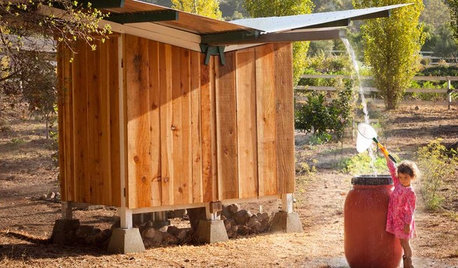
FARM YOUR YARDCollecting Rainwater and Eggs From a California Chicken Coop
See how a butterfly roof helps a hen home’s design soar into double-duty territory
Full Story
GREEN BUILDINGHow to Harvest Rainwater for Your Garden
Conserve a vital resource and save money by collecting stormwater for irrigation in a barrel or tank
Full Story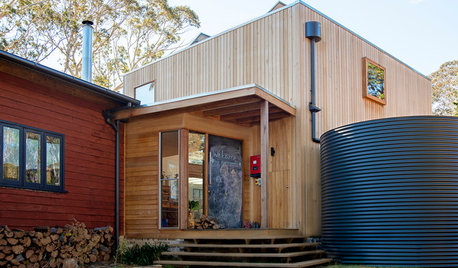
SAVING WATERIs a Rainwater Cistern Right for You?
These extra-large containers reduce runoff and save on the use of potable water for the landscape
Full Story
LANDSCAPE DESIGNLandscaping Tricks to Manage Stormwater Runoff
Help rainwater absorb slowly back into the earth with paving grids, gravel beds and other porous systems
Full Story
EARTH DAY5 Ideas for a More Earth-Friendly Garden
Consider increasing the size of garden beds, filtering rainwater and using plants to reduce energy use
Full Story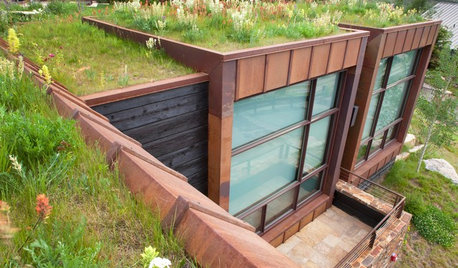
GREEN BUILDING6 Green-Roof Myths, Busted
Leaky, costly, a pain to maintain ... nope, nope and nope. Get the truth about living roofs and see examples from simple to elaborate
Full Story
GREEN BUILDINGJust Add Water: Rain Barrel Magic
Take your rainwater storage from practical to beautiful with a new breed of design-friendly rain barrels
Full Story
HOUZZ TVHouzz TV: How to Install a Rain Barrel
This DIY tutorial shows how easy it can be to capture rainwater from your roof to use in your garden later
Full Story
EARTH DAYGrow a Beautiful Garden With Ecofriendly Greywater
Reducing home water waste means lower bills and a healthier planet. Here's how to set up a greywater home irrigation system that can help
Full Story






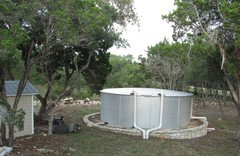


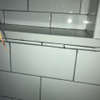

popedaOriginal Author